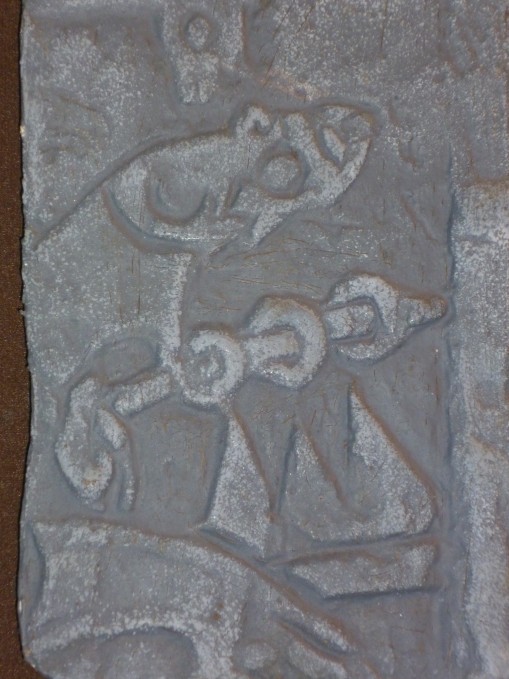 Using traditional verse, J.R.R. Tolkien, the author of the Hobbit and the Lord of the Rings trilogy, tells the legend of Sigurd and Gudrun. The dragon slayer Sigurd's dramatic exploits are vividly recounted by Tolkien, who combines his skill as an author and academic.
Using traditional verse, J.R.R. Tolkien, the author of the Hobbit and the Lord of the Rings trilogy, tells the legend of Sigurd and Gudrun. The dragon slayer Sigurd's dramatic exploits are vividly recounted by Tolkien, who combines his skill as an author and academic.
In the Celtic world, there are many Scandinavian influences, particularly Norwegian. Dublin, the Irish capital city, was founded by the Vikings. You can learn more about Dublin's Viking history by visiting the Dublinia Viking and Medieval Museum, which has excellent exhibitions on Viking Dublin.
The Islands of Scotland and the Isle of Man formed the Northern and Southern Isles. The Northern Isles of Shetland and Orkney were known to the Norse as Norðreyjar. The Southern Isles forming the Kingdom of Mann and the Isles consisting of the Hebrides, the islands in the Forth of Clyde and the Isle of Man were known as Suðreyjar. Geneticist Professor David Goldstein led a fifteen month genetic study which formed the basis of a five part BBC documentary that looked at the Viking heritage remaining in these areas. Concentrations of Norwegian genetic heritage were found.
The Norse influences on the life and peoples of these islands remain clear today. The festival of Up Helly Aa is held in Shetland in January every year culminating in the burning of a Viking galley. The Isle of Man has retained the system of government introduced by the Norse. The Manx Parliament known as Tynwald is the oldest continuous parliament in the world and it is thought the Vikings adapted it from an existing ancient Celtic ceremony dedicated to the Sun-God.